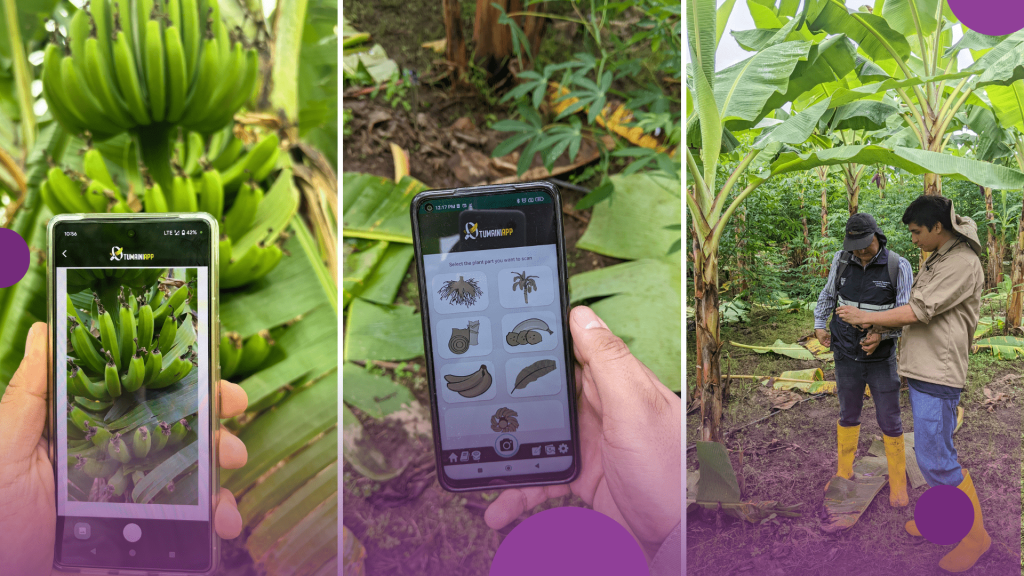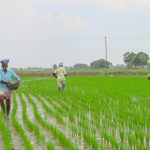Imagine walking through your fields, feeling the earth beneath your feet, and knowing that your crops are thriving. But then, a nagging worry creeps in—what if they’re not as healthy as they seem?
Crop diseases can strike silently, threatening your hard work and livelihood. This is where mobile apps come to your rescue. With just a tap on your smartphone, you can detect crop diseases early and take action before they spread. You’ll discover how to harness the power of mobile apps to safeguard your crops and ensure a bountiful harvest.
Let’s dive into how you can transform your smartphone into a vital tool for crop health and security.
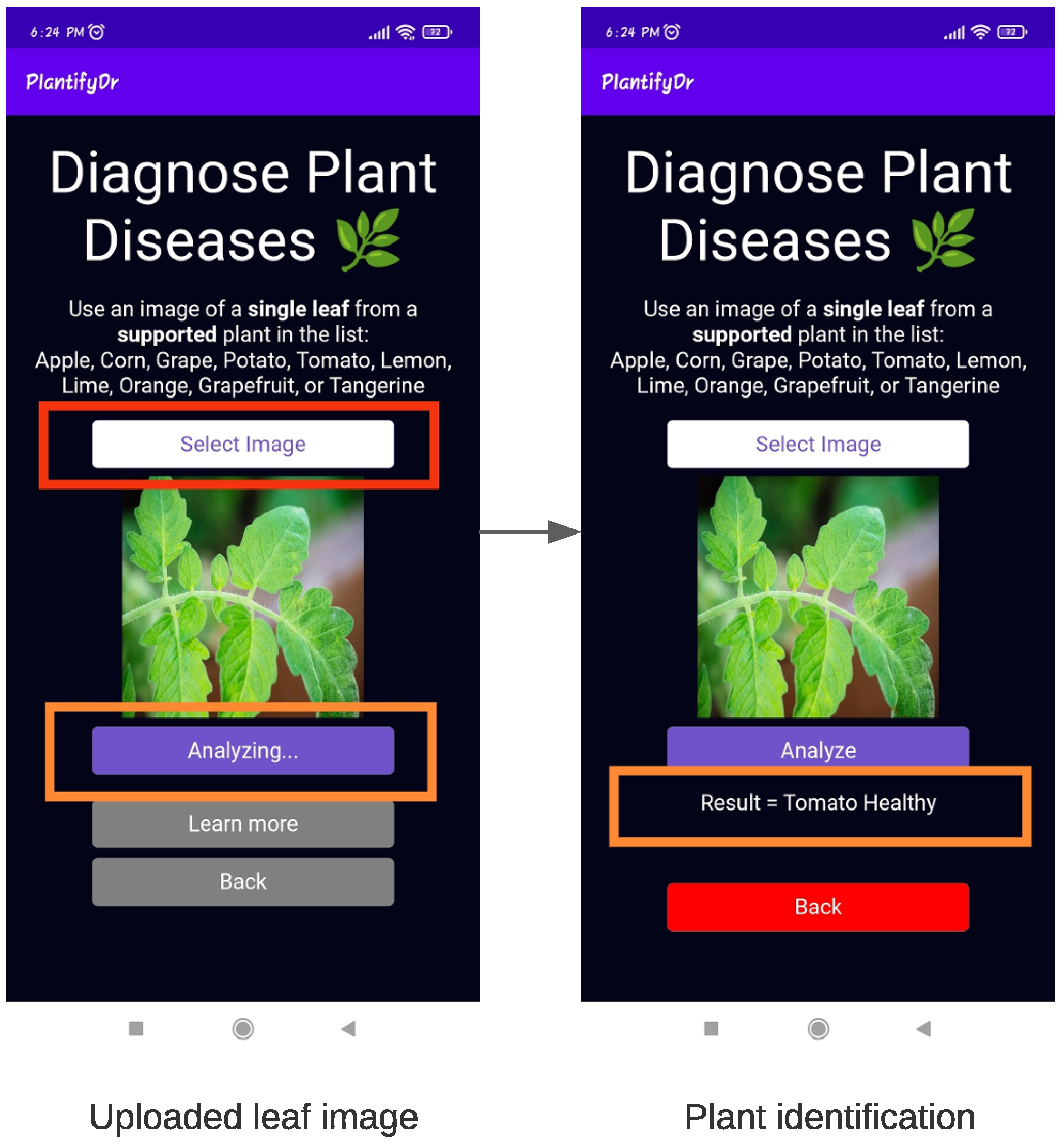
Choosing The Right App
Choosing the right app for crop disease detection is crucial. A good app helps farmers identify diseases early. It saves crops and boosts yield. With many apps available, picking the best one is tough. Consider features, user reviews, and compatibility. These factors make your decision easier.
Features To Consider
First, check the app’s features. It should offer disease identification tools. Look for apps with detailed disease databases. They should provide images and descriptions. This helps in comparing symptoms with known diseases. An app that offers real-time updates is beneficial. It ensures you have the latest information on diseases.
User Reviews And Ratings
User reviews give insight into the app’s performance. Read reviews to understand its reliability. Look for apps with high ratings. They are usually trusted by other farmers. Reviews often highlight strengths and weaknesses. They help you make an informed choice.
Compatibility With Devices
Ensure the app works on your device. Check if it’s available for Android or iOS. Compatibility is key for seamless use. Some apps require internet connection. Verify if you need online access for full features. Knowing this helps in planning usage effectively.
Ease Of Use
An easy-to-use app is important. It should have a simple interface. This makes navigation smooth for users. Complex apps can be frustrating. Choose an app that is user-friendly. This reduces time spent on learning how to use it.
Cost And Subscription Plans
Consider the app’s cost. Some apps offer free basic versions. Premium features might require subscriptions. Check if the cost fits your budget. Analyze what each plan offers. Choose a plan that meets your needs without overspending.
Capturing Accurate Images
In the realm of crop disease detection, capturing accurate images is vital. Mobile apps offer a convenient way to identify diseases early. Yet, the quality of the images plays a critical role. Clear and precise images help the app analyze and diagnose effectively. Farmers can take better care of their crops with accurate data. Let’s explore some tips on capturing images that lead to reliable results.
Choose The Right Time Of Day
Take photos during daylight for the best results. Early morning or late afternoon provides soft, natural light. Avoid harsh midday sun which creates shadows. Shadows can distort the image, affecting accuracy.
Keep The Camera Steady
Hold your phone steady while taking a picture. A shaky hand leads to blurry images. Use both hands or a tripod for stability. A clear image ensures better app analysis.
Focus On The Affected Area
Zoom in on the diseased part of the plant. Capture close-up images to highlight specific issues. Ensure the affected area is centered in the frame. This helps the app identify the disease more effectively.
Avoid Background Distractions
Keep the background as plain as possible. Too many objects in the background can confuse the app. A simple backdrop helps in accurate disease detection. This leads to more reliable results.
Ensure Proper Lighting
Good lighting is key to clear photos. Natural light is best, but use a flashlight if necessary. Avoid using your phone’s flash as it can wash out details. Proper lighting highlights the symptoms clearly.
Take Multiple Shots
Capture several images from different angles. More images provide a comprehensive view of the plant. This increases the chances of an accurate diagnosis. The more data the app has, the better it performs.
Interpreting Results And Taking Action
Mobile apps help farmers detect crop diseases quickly. Interpret results to take timely actions for healthy crops. This approach ensures efficient disease management and boosts crop productivity.
Interpreting results from a crop disease detection app can be both exciting and daunting. You’ve scanned your crops, and now the app presents you with data. But what do these results mean for your farming practices? Understanding these results is crucial as it directly impacts the health of your crops and your livelihood. Let’s delve into how you can effectively interpret these results and take action.Understanding Disease Severity Levels
Most apps categorize the severity of a disease into levels, often ranging from mild to severe. This classification helps you decide the urgency of taking action. If the app indicates a mild infection, you might monitor the situation closely before applying any treatment. However, a severe indication means you need to act immediately to prevent widespread damage.Comparing Current And Historical Data
Many apps provide a feature to compare current disease data with historical data. This comparison can offer insights into patterns and trends. Have you faced this disease at the same time last year? Knowing the history helps you prepare better and possibly prevent future occurrences. It also aids in understanding whether this is an isolated incident or part of a recurring problem.Taking Action Based On Recommendations
Once you understand the results, the next step is action. Does the app suggest specific pesticides or organic treatments? Follow these recommendations closely, but also consider consulting an expert if you’re unsure. Sometimes the app might suggest cultural practices like crop rotation or changing irrigation practices. Implement these changes promptly to mitigate the disease’s impact.Tracking Changes Over Time
After applying recommended actions, use the app to track changes over time. Does the severity level decrease? Consistently update the app with new data to monitor progress. Tracking helps you refine your approach and adjust if necessary. It also provides valuable information for future decision-making processes.Seeking Further Expertise
Sometimes results can be complex or inconclusive. In such cases, don’t hesitate to seek further expertise. Whether it’s reaching out to local agricultural agencies or consulting with a crop specialist, expert guidance can be invaluable. Have you ever thought about collaborating with other farmers in your area who might be facing similar issues? Sharing insights and experiences can lead to better strategies and solutions. The accuracy of interpreting results and taking timely action can make or break your farming season. With the right approach, these mobile apps can be powerful allies in safeguarding your crops against disease. So, are you ready to embrace technology and make the most out of your farming?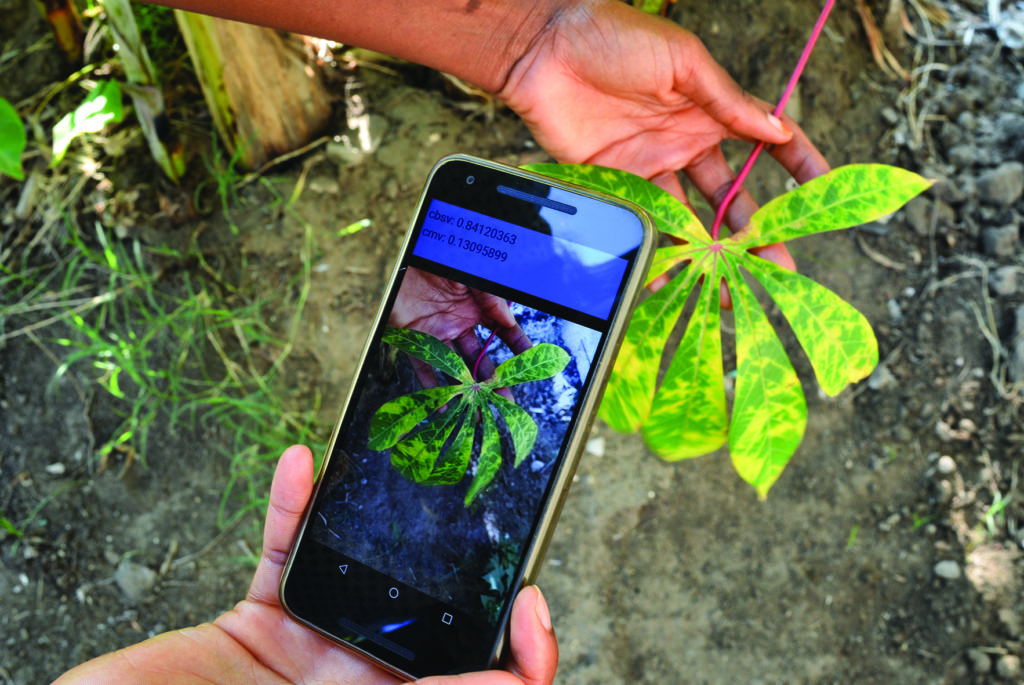
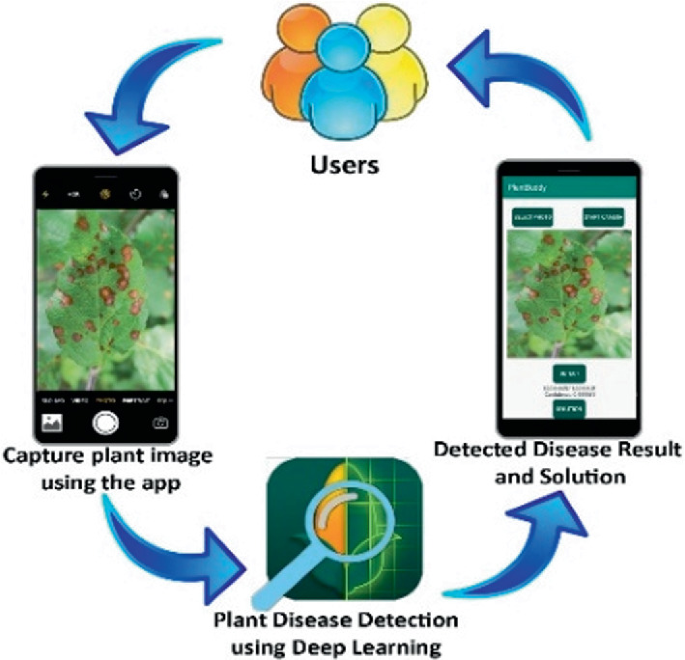
Conclusion
Mobile apps simplify crop disease detection for farmers. Fast, accurate, and efficient. Using these apps saves time and reduces guesswork. Farmers gain better control over crop health. Early detection prevents large-scale damage. Costs decrease, and crop yields improve. Such technology empowers farmers with essential insights.
Easy to use and accessible. Even for non-tech-savvy individuals. Crop health management becomes manageable and straightforward. Embracing mobile apps is a smart choice for modern farming. Stay informed and keep crops healthy.

